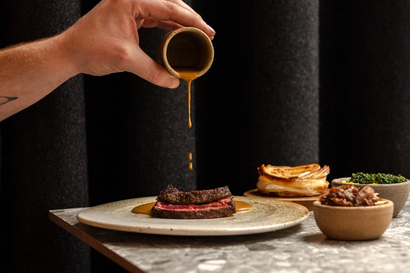How Karuizawa is pioneering the renaissance of Japanese whisky
We travel to the foothills of Mount Asama to see the rebirth of a legendary distillery...
Unless you’ve been living under a rock over the past couple of years (in which case, lucky you) it would be hard not to be aware of the rapid rise in whisky prices. Across the world, the liquid gold has become actual gold. It used to be that booze was how you wasted your fortune. Now, it’s how the fortune is made.
In 2019, whisky topped the Knight Frank Luxury Investment Index – a survey of luxury asset classes and their market performances. Over the past 10 years, rare bottles of whisky have outperformed diamonds, watches, wines, cars and even art in their rapid gains. Though the market has ultimately cooled post-pandemic, records continue to be broken for the rarest of bottles.
Most of the heat and light, however, is still expended on Scottish whisky – those grand old makers to the north that gave the spirit, literally, its name. Japanese whisky, on the other hand, remains relatively unspoken of. But it’s breaking records – last year, at Sotheby’s, one of the most valuable collections of Japanese whisky sold for £1.8m. In 2020, a 52-year-old bottle sold to become the world’s most expensive Japanese whisky – going, after feverish bidding, for an impressive £363,000 at Sotheby’s, in London.
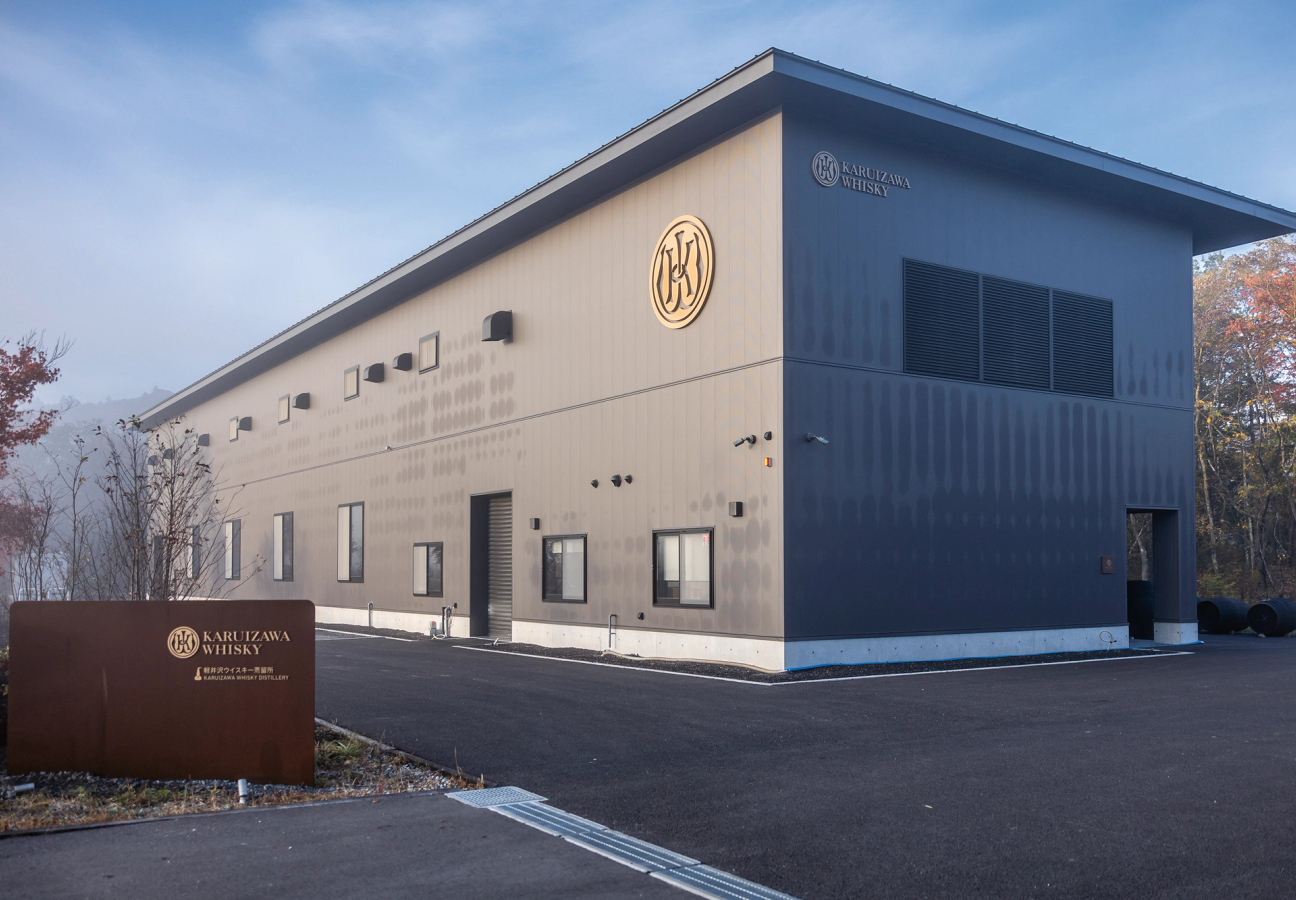
That bottle came from Karuizawa, once Japan’s smallest whisky distiller, producing just 150,000 litres of the spirit a year. Founded in 1955, Karuizawa gradually gained an enviable cachet among whisky aficionados for its high-quality, small-batch releases. In 2000, the distillery, then owned by the Mercian group, was mothballed as Japanese whisky fell gently out of vogue. (Mercian decided to focus its attention on wine instead.)
By 2015, however, Japanese whisky was enjoying a widespread renaissance. It was at this time that Shigeru Totsuka decided to revive the Karuizawa name and relaunch a new distillery – one that paid homage to the legacy of this mythical spirit. It was no easy task, but with the blessing of the local council and the Mercian Corporation, the name ‘Karuizawa Whisky’ was restored. It was at this stage that Totsuka-san and his Karuizawa Distillery partnered with leading online Japanese whisky retailer dekantā, whose goal is to share the story of the distillery’s revival and to make their premium whisky available to a global audience in both cask and bottle form.
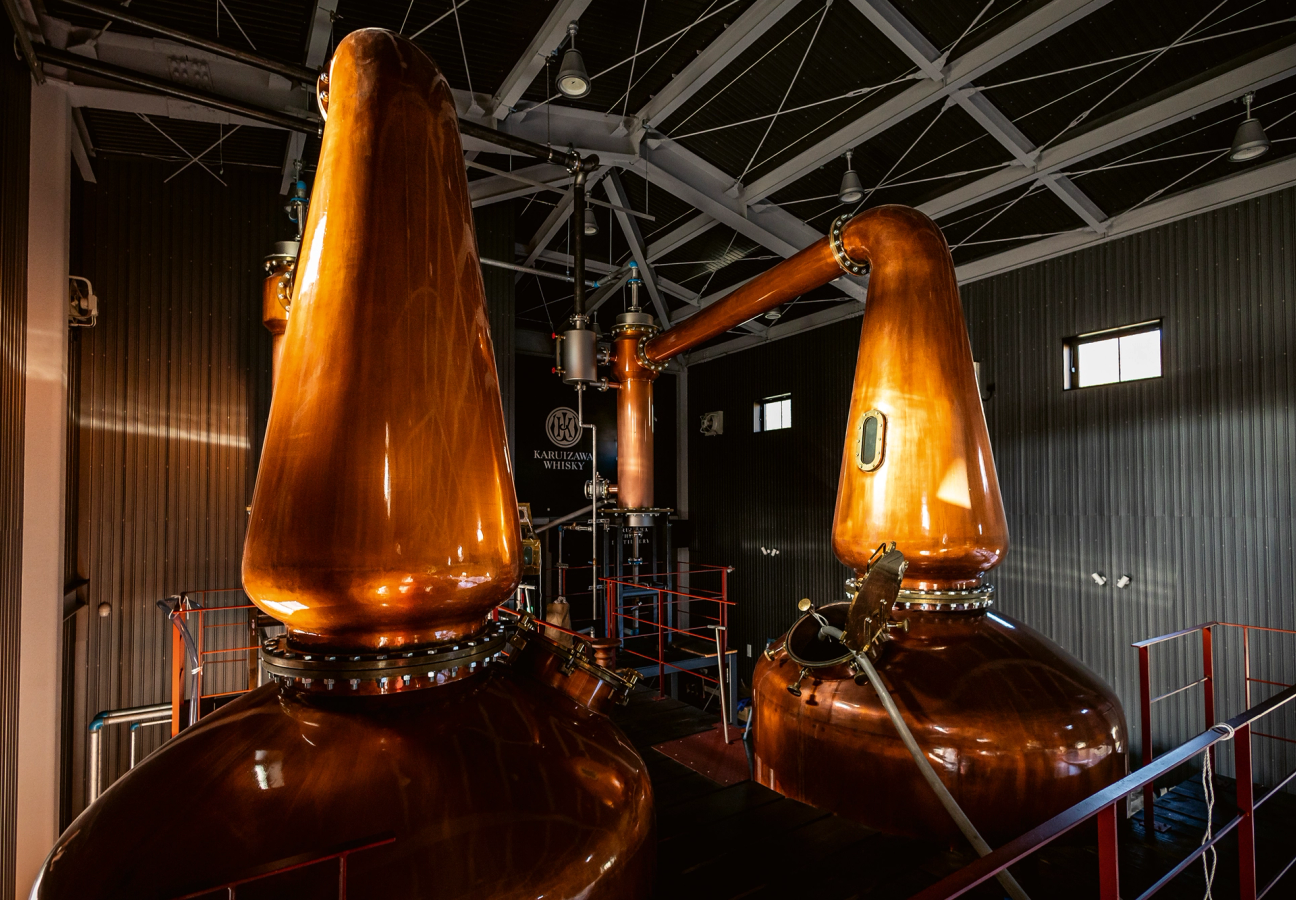


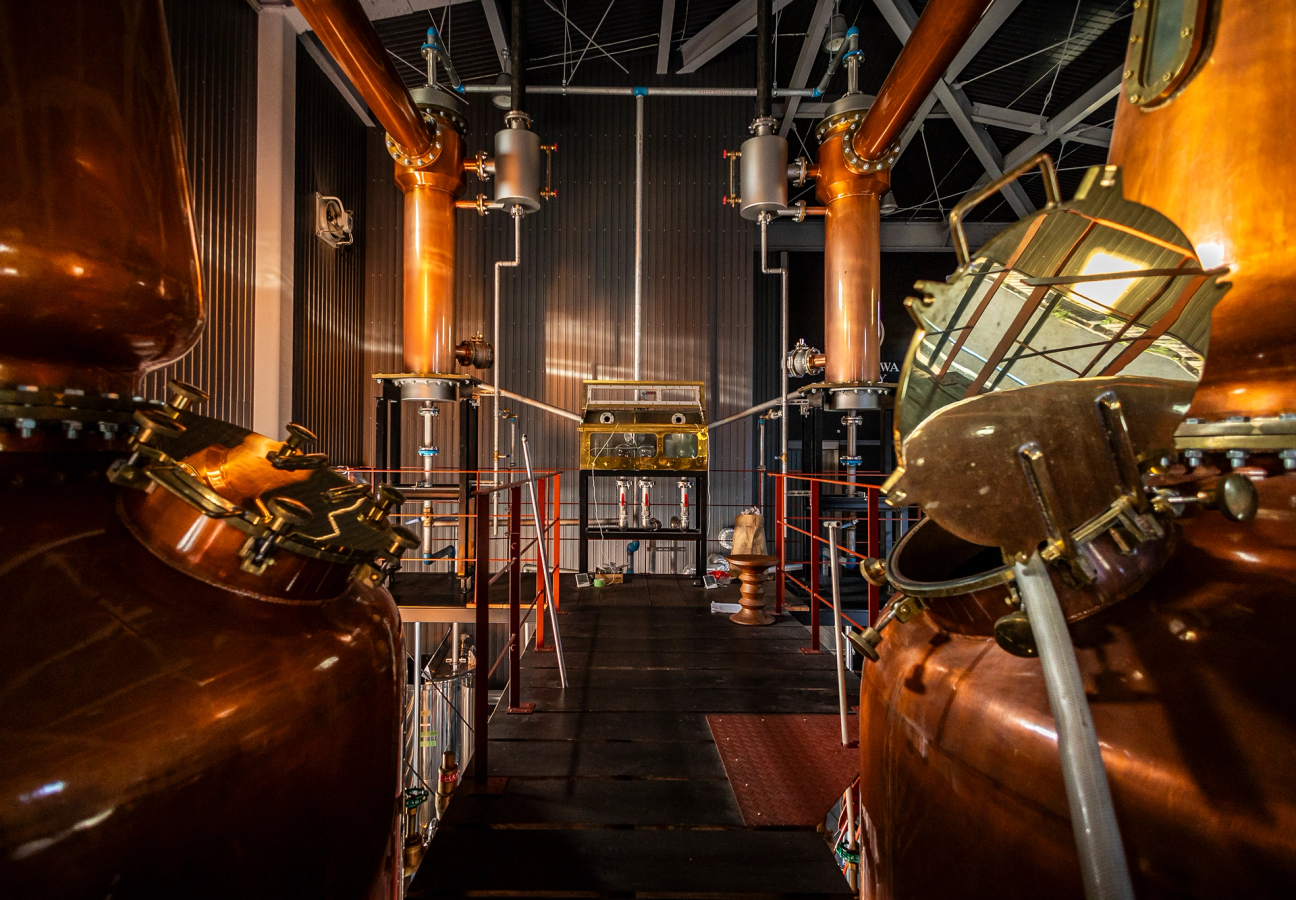
Totsuka is a 16th-generation sake maker whose family comes from Saku, the next town over. For over 400 years, they have been making sake, whose craft-heavy, traditional processes are not dissimilar to those of fine whisky. He himself was first introduced to the spirit in his twenties by his friends while living in Tokyo. When he first sipped a Karuizawa, he admits that he was shocked by how good it was – and, from that moment on, dreamed of one day opening up a distillery of his own.
The new distillery was built in 2022 and is located in the foothills of the imposing Mount Asama. This region, Totsuka tells me, is perfect for making whisky due to the water that comes off the mountains. It flows through the distinctive volcanic lava rock and soil that surround the distillery, giving it a unique quality. Early on, Totsuka brought in master distiller Yoshiyuki Nakazato, who had previously worked at the original Karuizawa distillery. Their aim was simple: to carry on the legacy – or to even better the old Karuizawa whisky. Working with Nakazato was crucial, Totsuka tells me: “It’s his legacy and know-how that is making the project a success.”
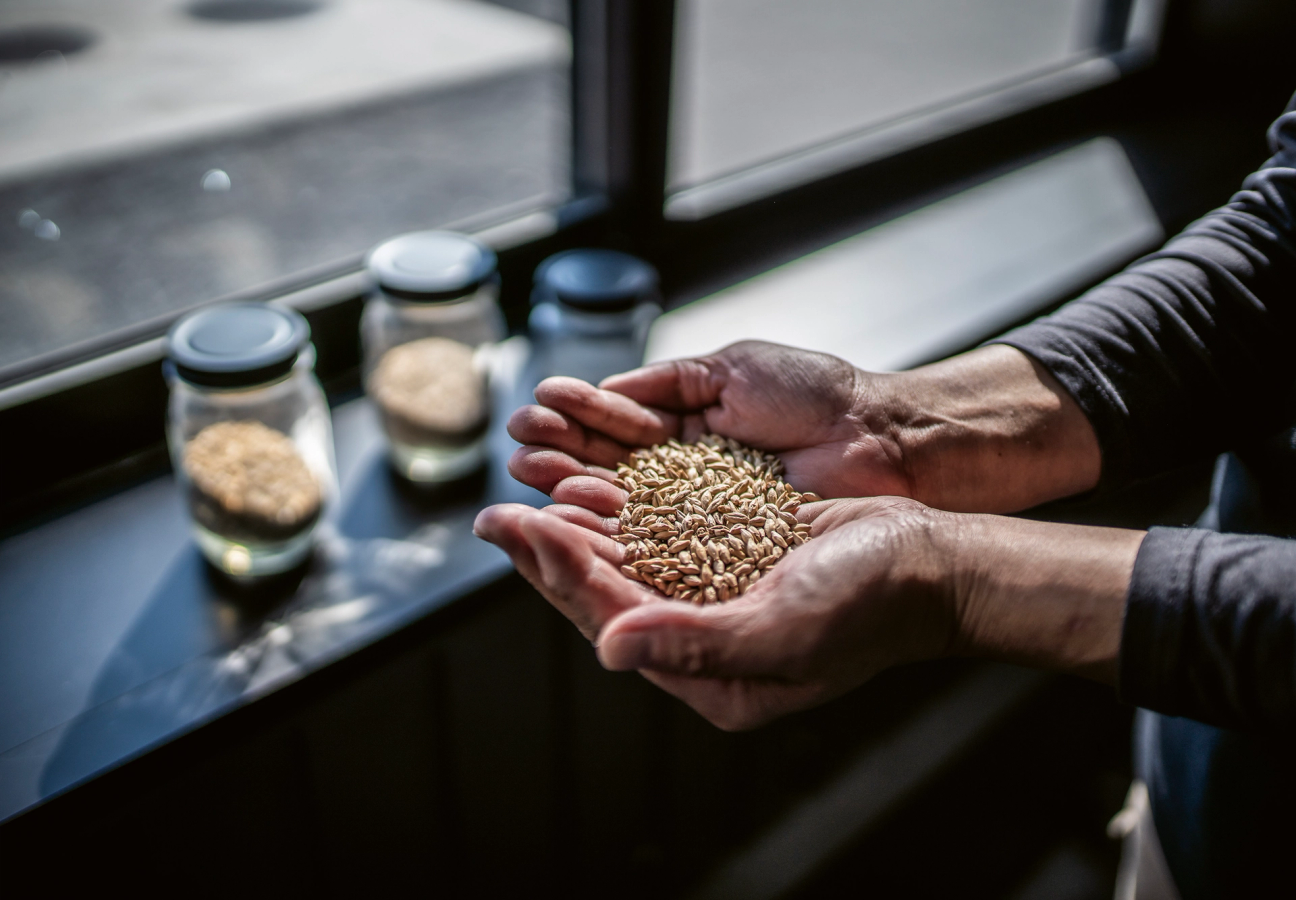
Speaking to Nakazato, I’m struck by his passion and dedication – and also the sense of responsibility he seems to bear, both to the past and to the future. When asked how the new whisky relates to the old whisky, he tells me that it’s mostly the same – the raw materials are a little different from before, and the distilling process has slightly changed from in ancient times. But his mission is to try to get as close as possible to the old processes, the old magic, while keeping one eye on the future.
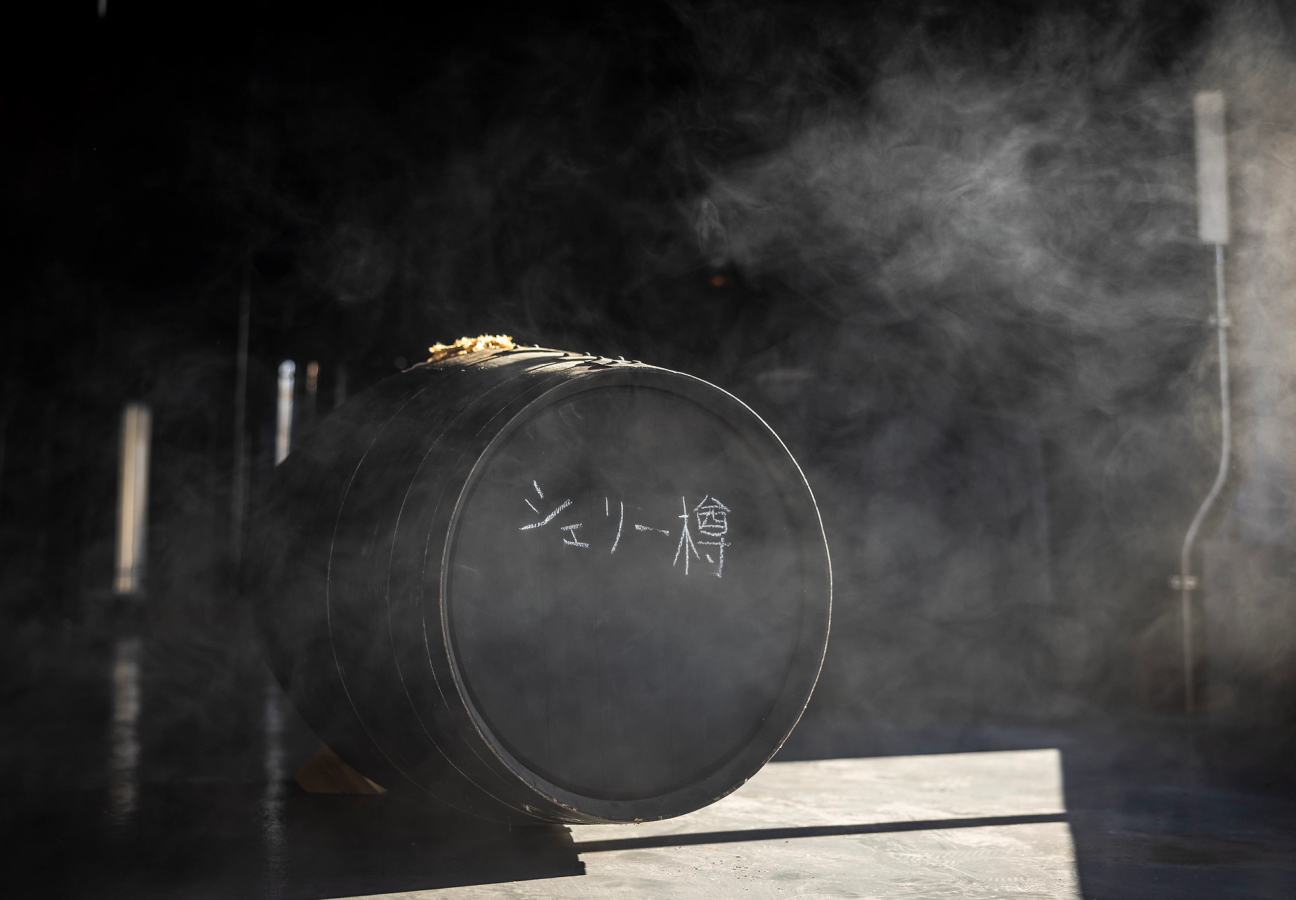

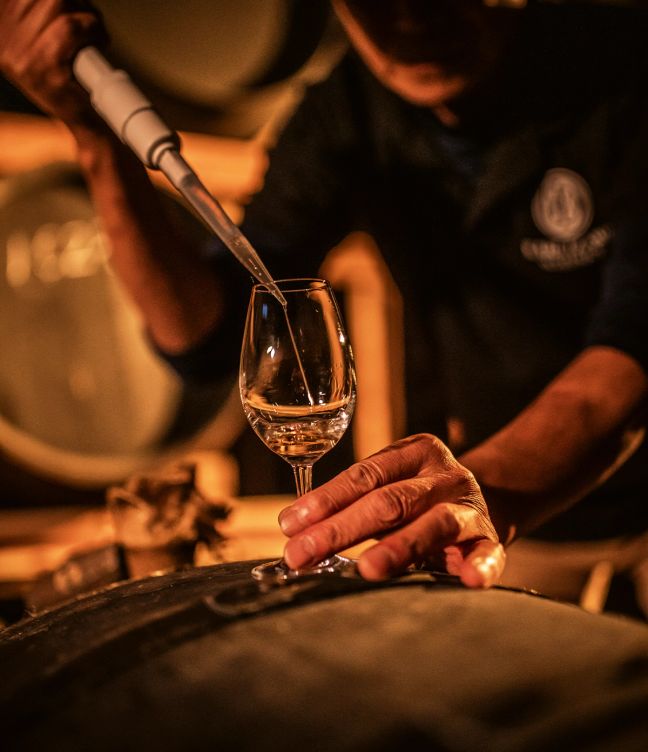
In 20 years time, he says, everything will be different. This is the beauty of vintage whisky – that it is a reflection of the age it is opened in, as much as the age it is made in. He is confident, however, that the new Karuizawa whisky will be better. Given the international acclaim of the existing crop, this is an impressive statement.
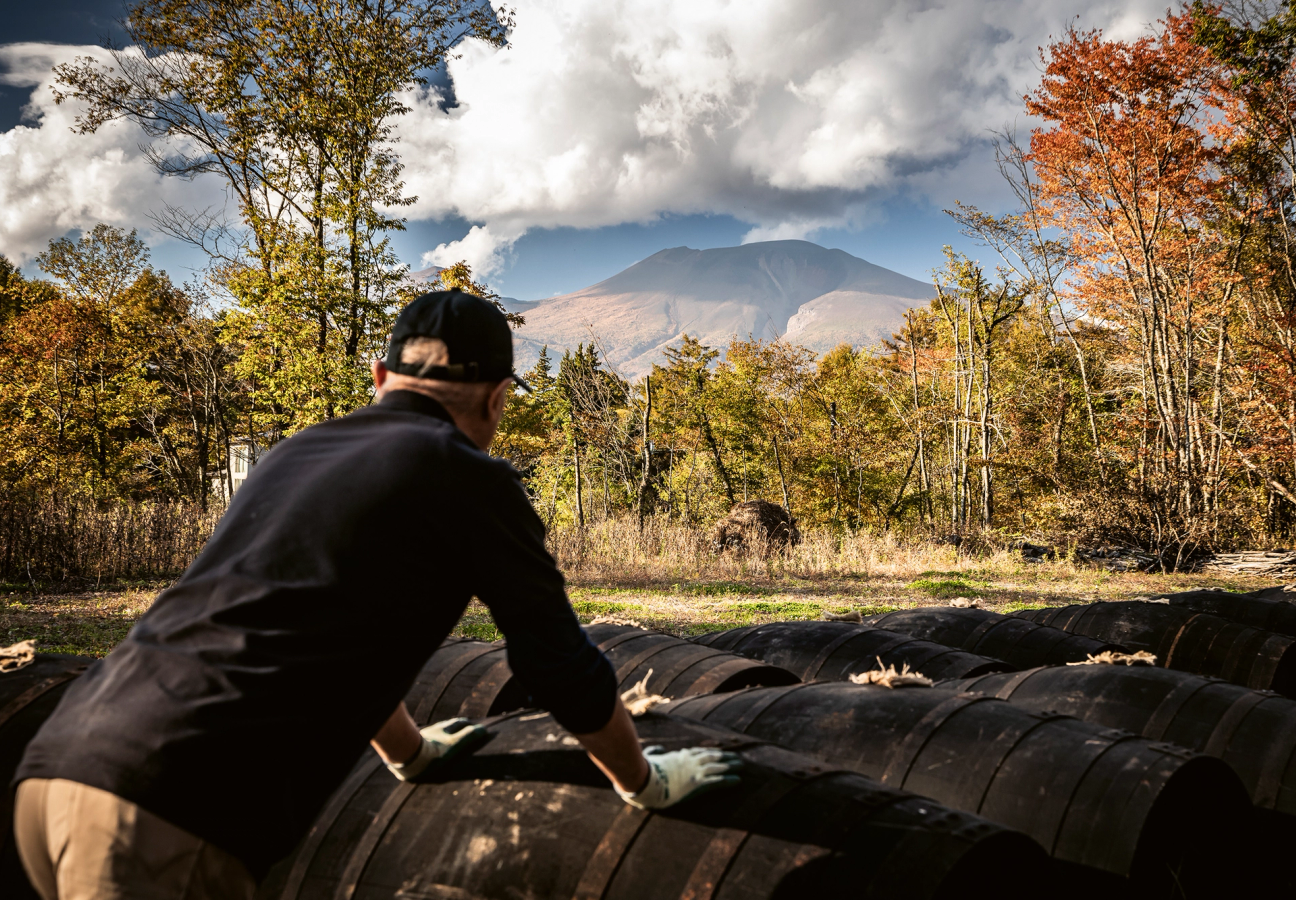
I ask him what notes he hopes to achieve from the liquid once mature. He tells me that he wants a fruity flavour in the mouth, and that he wants it to be slightly smoother on the throat, perhaps, than the old Karuizawa whiskies. However, the distillery won’t bottle any liquid until 2033 when the first 10-year-old single malt will be released.
Having been lucky enough to visit the distillery myself, however, I can’t help but feel that whatever emerges will be unique – fresh, new, exciting and yet a glowing homage to a mythical, ancient name. That is worth more, perhaps, than any headline-grabbing auction record.
- Karuizawa Whisky casks available exclusively through dekantã
This feature was taken from Gentleman’s Journal’s Winter 2023 issue. Read more about it here.
Want more drink content? Read our beginner’s guide to Italian wine...

Become a Gentleman’s Journal Member?
Like the Gentleman’s Journal? Why not join the Clubhouse, a special kind of private club where members receive offers and experiences from hand-picked, premium brands. You will also receive invites to exclusive events, the quarterly print magazine delivered directly to your door and your own membership card.


